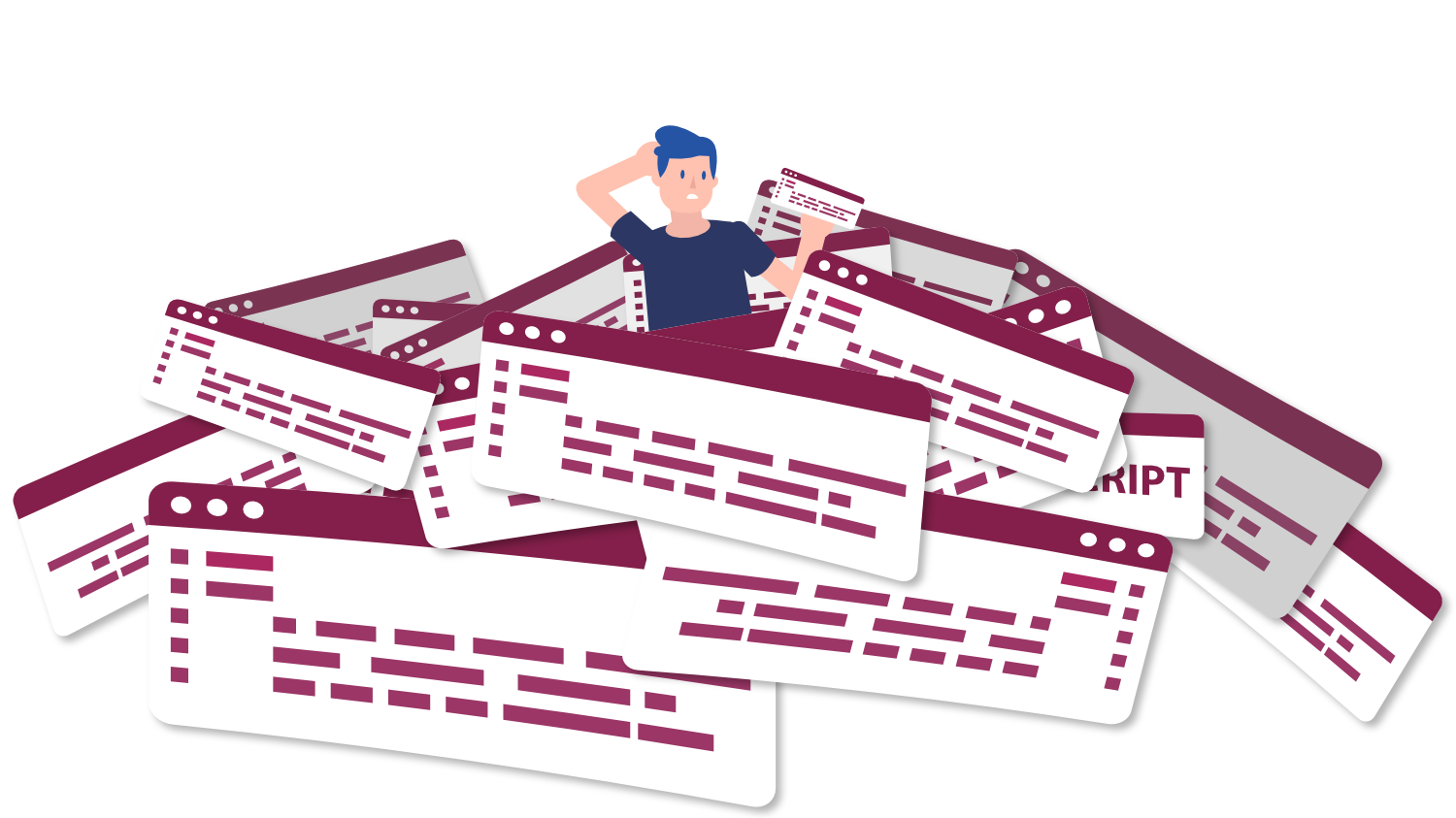What does WCAG stand for?
Question
Answer
The web content accessibility guidelines, or WCAG, are a set of recommendations for improving internet accessibility. The goal of the guidelines is so web users with disabilities can have an equitable experience to users without disabilities.
The guidelines are primarily applied to web pages and web applications (apps). Some of the guidelines are also applicable to mobile applications.
WCAG is not legally binding on its own – the guidelines are essentially a technical resource developed by the World Wide Web Consortium (W3C), which is an international nonprofit organization. However, many laws and legal precedents around the world cite WCAG as a measure of accessibility.
The guidelines change over time as technology evolves, with each new version building on the previous. Currently, there are 3 published versions of WCAG - 2.0, 2.1, and 2.2. Within each version are three conformance levels: A, AA, and AAA. Beginning with A, each conformance level adds requirements to reach a higher level of accessibility.
A working draft of WCAG 3.0 is available, but as of 2024 is likely some years from completion as a finalized new version of the guidelines.
While WCAG provides an important foundation and shared understanding of web accessibility, following these guidelines does not 100% guarantee full accessibility for all people. Do not rely on just WCAG, but also work with people with disabilities to build the best experience possible.
To learn more about how to improve the accessibility of your website or web app, contact Accessible Web.


